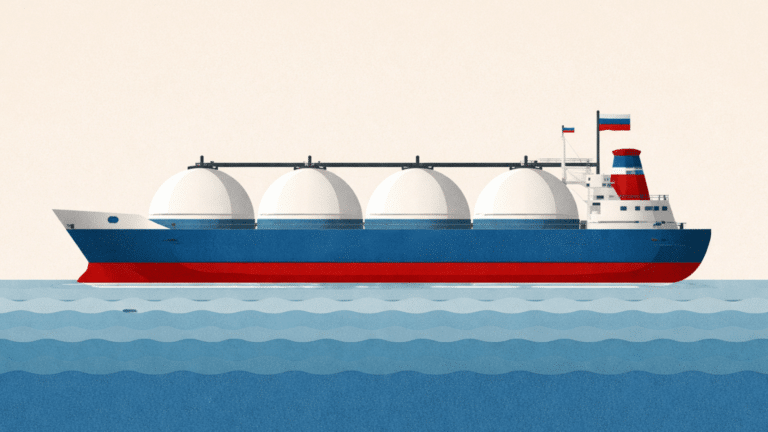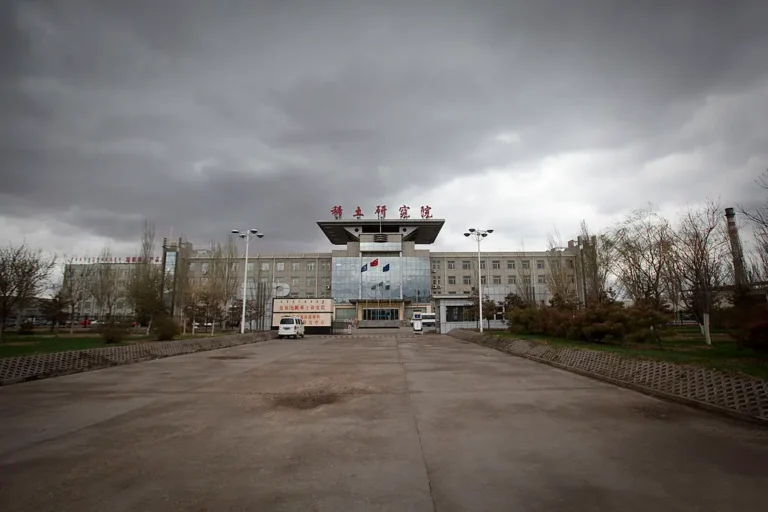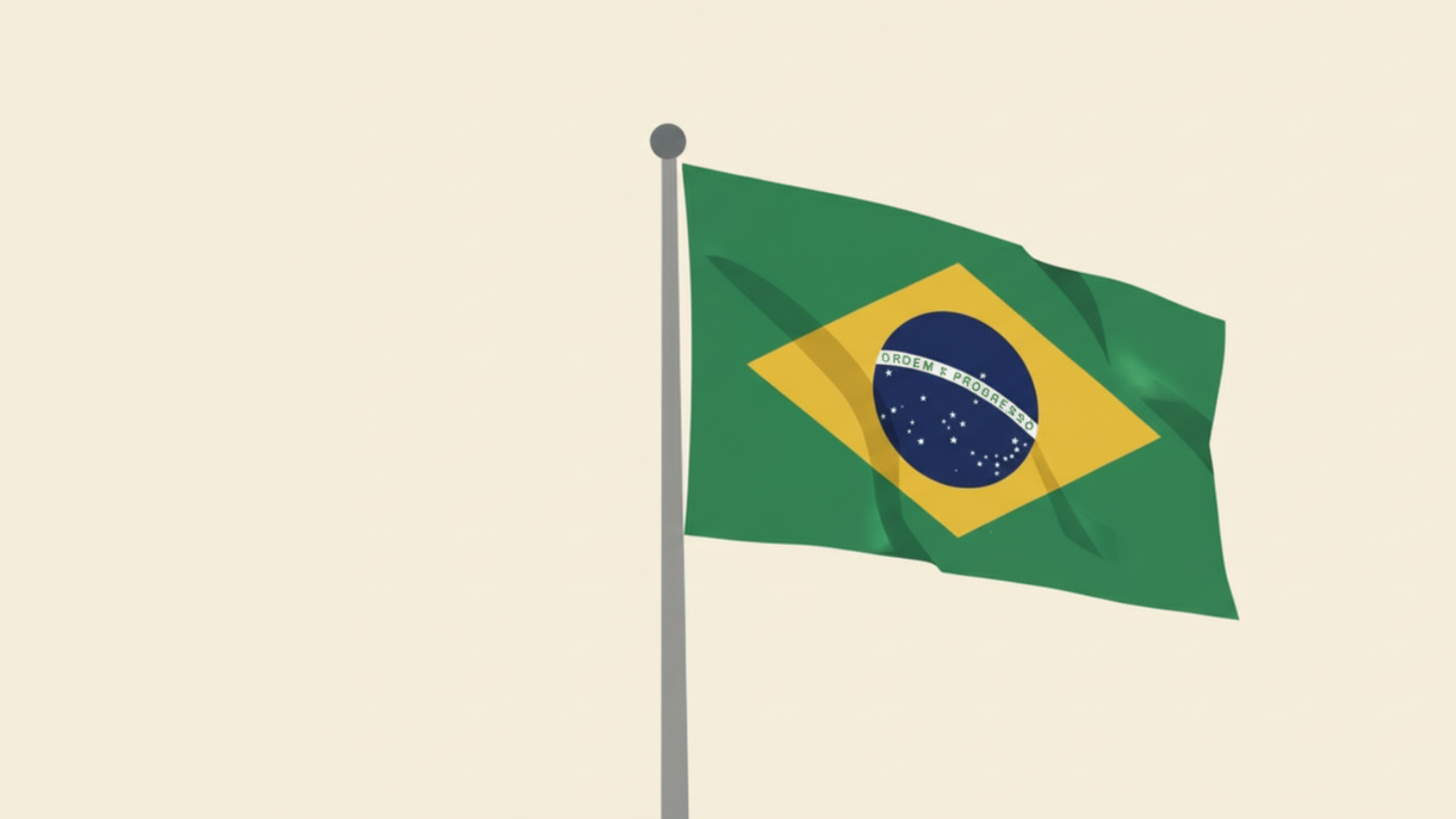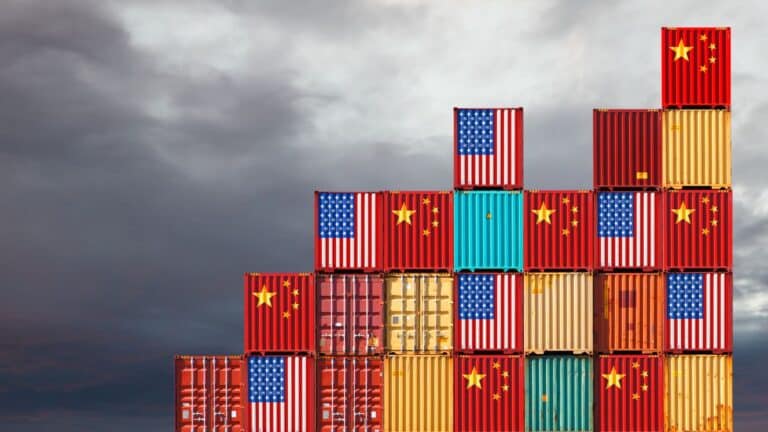Natural gas exports from Russia to the European Union (EU) met about 40 percent of the block’s demand in 2021, at nearly 145 billion cubic meters (bcm). Of this, 88 percent was transported through pipelines.[1] Russian pipeline flows to the EU have been trending downward since the end of last year[2] but were sharply reduced on June 16, 2022, when Gazprom announced the amount moving through the Nord Stream 1 pipeline had fallen to 40 percent. As of last week, flows through this biggest pipeline bringing Russian natural gas to Europe were further reduced to 20 percent.
Dr. Kaushik Deb, senior research scholar with the Center on Global Energy Policy, answers questions about how these dramatic cuts came about, their effects on EU households and industry, and how the block might adjust.
What instigated the lower flow of natural gas through Nord Stream 1?
Gazprom, Russia’s monopoly gas exporter via pipeline, attributed the June cut to a delay in the return of a Siemens turbine from Canada after servicing.[3] While initially Canadian sanctions against Gazprom prevented the return of the turbine to Russia,[4] Canada has since issued, as an exception, a “time-limited and revocable permit” to allow equipment to be returned for the Nord Stream 1 pipeline.[5] Now it is Gazprom’s reluctance to take back the turbine that is holding up the process, with the company stating that Siemens has not addressed risks to the turbine’s functioning and raising the issue of continued sanctions affecting the return of the turbine.[6]
Since then, Nord Stream 1 was offline for annual maintenance for 10 days until July 21, 2022, and has reduced flows to just 20 percent of total capacity as of July 27, purportedly because of an order from Rostekhnadzor, the Russian regulator for safety at energy sites, to shut down another turbine in the Nord Stream 1 network.[7] Russian President Vladimir Putin had indicated on July 20 that the capacity of Nord Stream 1 could be reduced due to problems with other pumping units.[8] On the European side, German Federal Minister for Economic Affairs and Climate Action Robert Habeck had foreseen in late June the possibility of Russia raising a technical issue to explain lower flows, and in early July warned a complete shutoff of Russian gas through Nord Stream 1 could occur.[9]
How will this impact Europe?
Russian pipeline natural gas imports to the EU are set to decline by 45 percent in 2022 to just 80 bcm, compared to 145 bcm in 2021.[10] The International Monetary Fund recently estimated that alternative sources could replace up to 70 percent of Russian natural gas in the short term, for a period of about six months, tiding over Europe albeit with significant adjustments.[11] The replacement includes higher liquefied natural gas imports, especially from the United States, which sent 64 percent of its total exports to the EU and the United Kingdom during the first half of 2022 (compared to 30 percent in the half of 2021).[12]
A significant effort is also being made to fill natural gas storage before the heating season begins in October, with the EU legislating a target of 80 percent of storage capacity by November 1.[13] Currently the EU is at 67 percent of capacity, though numbers vary considerably: Bulgaria is at 46 percent full, Germany is at 68 percent, and Poland is at 99 percent.[14]
A longer shutoff of Russian natural gas to the whole of Europe will affect Central and Eastern Europe the most, with Hungary, the Slovak Republic, the Czech Republic, Italy, and Germany potentially losing 2.0–4.2 percent of gross domestic product (GDP) over the next year. If the EU could come up with a synchronized response to finding alternative supplies and making them available to all member states, the decline in GDP could be mitigated to 0.5–1.0 percent.[15]
How will the EU likely cope with sustained gas cuts?
Russia’s further cut in Nord Stream 1 capacity from 40 percent to 20 percent will add to Europe’s scramble for alternative supplies as well as efforts to reduce demand. EU member states agreed to reduce their natural gas consumption by 15 percent by April 2023.[16] Total natural gas consumption in Europe in the first quarter of 2022 had already fallen by 9 percent from a year earlier.[17]
But there is no escaping the fact that the EU will have to curb natural gas use by rationing supply. Households are classified as “protected consumers” under EU rules and would be shielded from such curbs, so the burden of the effort will fall on industry.[18] In terms of rationing for industry, a number of criteria need to be taken into account including the size of the company, the relevance of the sector, and potential economic losses.
Then there are other demand management measures, such as limits on heating and cooling temperatures in public buildings, that can make a difference. France announced on July 24 that air-conditioned and heated stores have to keep their doors closed, and restrictions have been placed on luminous advertising at night.[19] In a set of measures in Italy dubbed “operation thermostat,” air conditioning in public buildings must be set at a minimum of 27°C, with a maximum cap for heating during winter of 19°C.[20]
Finally, the block is also turning to other energy sources, including coal and nuclear. Germany is reportedly reopening 10 gigawatts of previously mothballed coal power plants[21] and extending the life of its three remaining nuclear power plants.[22] France, which is in the process of nationalizing its power company Electricite de France (EDF), is working to resolve disruptions in EDF’s nuclear fleet.[23] The Netherlands is planning to build more nuclear power plants.[24]
Notes





